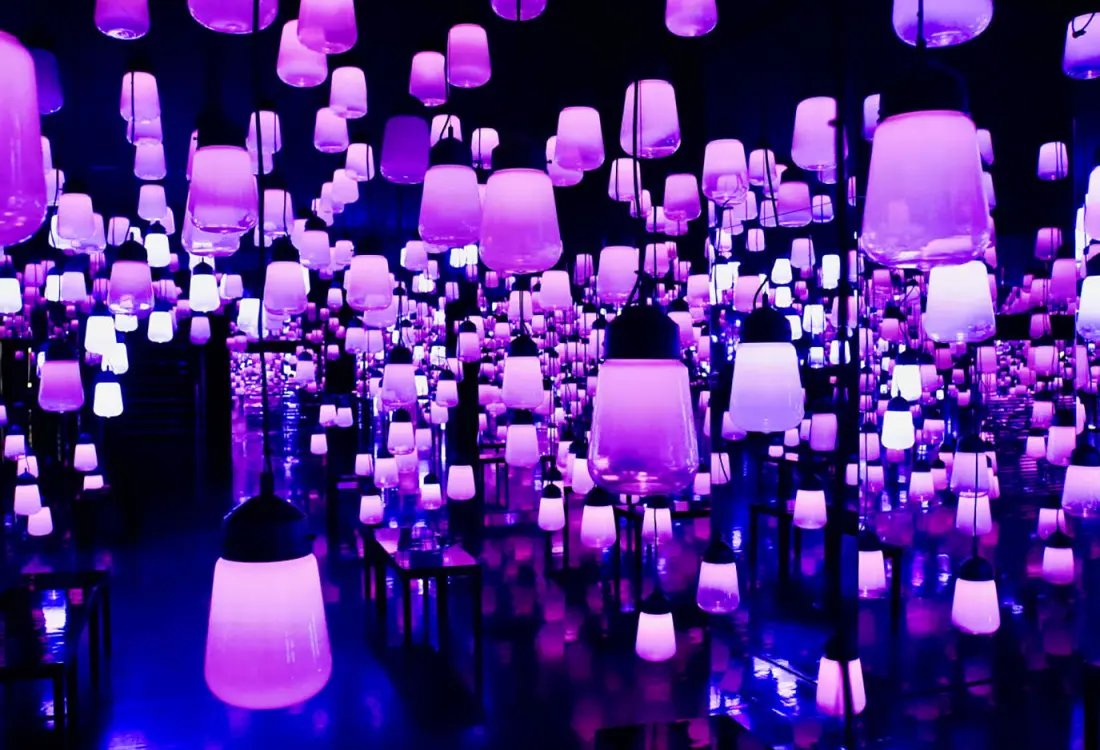
Mifuneyama Rakuen
Mystic Art meets Mindfulness at Mifuneyama Rakuen
As soon as I see the mountain, I know we’ve arrived. Mifuneyama looks just like its portrait: a dramatic profile with a lush green mane and a speckled, craggy face overlooking the foothills. I’ve seen it in so many pictures, sketched and abstracted as the symbol of Takeo in the heart of Saga Prefecture, photographed by day, projected upon by night, in front of flowering azaleas, surrounded by cherry blossoms, or rising above fiery autumn foliage. But this is the first time I meet it in person.

At the end of March, sakura are just starting to bloom around Mifuneyama Rakuen. Although the scene isn’t quite as spectacular as in summer or autumn, it’s an ideal time of year to contemplate the cycle of the seasons, both the passing of time and the timelessness of this very special place.
Just outside Mifuneyama Rakuen stands the seventh-largest camphor tree in Japan, a sacred giant more than 3,000 years old. It sprouted long before the area of Takeo came to life as a hot springs, had already lived over a thousand years by the time the monk Gyoki carved the three Buddha figures and 500 Arhats inside the cave during the Nara period, and witnessed Takeo Onsen progressively flourish as a post station on the road to Nagasaki during the Edo period. My head spins when I consider that this thrice millennial Takeo no Okusu tree is still alive today, and that it will likely outlive us all, as we become part of its living memory.
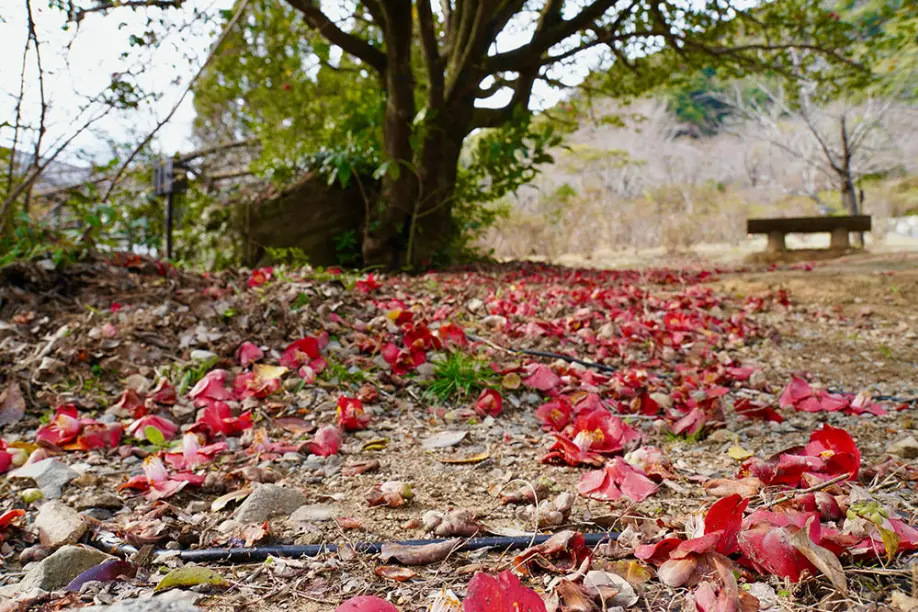
Inside Mifuneyama Rakuen is another sacred camphor tree, and this Okusu has lived more than three centuries. It had already lived over a hundred years by the time Nabeshima Shigeyoshi, the 28th feudal lord of Takeo, built this 50-hectare garden, with paths leading through landscaped flora and around the thatched Hagino Ochaya tea house by a pond, under the scenic backdrop of Mifuneyama, in 1845. This is where I meet the mountain for the first time—in the shadow of giants, and in a moment of mindfulness.
In March, the garden is still gently budding and blissfully quiet. A few shy branches of sakura blossoms reach out over the dry vegetation, as I follow the paths through fuzzy green azalea bushes, alongside scattered red petals, up to fallen yellow maple leaves on the hill. Looking up toward the mountain, I observe a young couple meandering through the landscape as if inside a painting, moving in and out of view, before posing for a photograph under bright white somei yoshino.

Sensing that the garden’s social activity must be indoors, I descend a narrow path of flat stone steps and turn right to enter its crumbling bathhouse ruins.
Mifuneyama Rakuen has been conceptually inhabited and physically infused by the digital media art group teamLab ever since they first occupied the garden with their annual summer-autumn exhibition “A Forest Where Gods Live” in 2019. The current exhibition, “Ruins and Heritage”, includes a few of the same immersive indoor installations, featuring the meticulously mapped, motion-sensored, mystical projections that teamLab is known for, and continues through July 14, 2022.
My favorite among these year-round artworks is Megaliths in the Bath House Ruins. It’s easily the most photogenic installation on display, but also the most quietly compelling. A dynamically generated animation of seasonal flowers budding, blossoming, withering, scattering, and fading is projected onto majestic megalith sculptures, planted silently in the eerie stillness of a long-abandoned bathhouse, itself surrounded by a living forest visible through the large window panes. I was immediately mesmerized by this artful juxtaposition of worlds, watching the flurry of floral growth and decay play out like a rainforest of shooting stars in a multi-dimensional still life of parallel time-spaces.

In another room, Flowers Bombing in the Bath House Ruins is classic teamLab, with floral graffiti drawn by previous visitors during the summer-autumn exhibition projected onto the walls and floor. I watch a little girl skip playfully around the dark room, provoking digital splashes of scattered petals. As with the Megaliths, the longer you stand still, simply observing the physical space and listening to the ambient sound, the more the flowers bloom.
Just around the corner, Universe of Fire Particles in a Decaying Underground Passage dares me to follow a long, dark tunnel to the fiery depths of its decaying core. The deteriorating passageway is real, which makes it all the more tantalizing to explore in its current state of decay. The mystic light at the end reminds me of the labyrinthine tunnels inside the sacred Iwaya caves on Enoshima island near Tokyo. When I finally reach the fireplace of the decomposing lair, I launch teamLab’s FIRE app on my phone to capture the animated digital flame and take it home with me.

Soon I realize that teamLab’s exhibition, the garden, the bathhouse, and the hotel are one seamless, borderless space. After walking out the front entrance of Mifuneyama Rakuen Hotel, following the path into and around the garden, walking directly into the bathhouse ruins and through to the other end, I find myself inside the hotel again, passing the onsen, dining room, guest rooms, and back to the front lobby. I have come full circle.
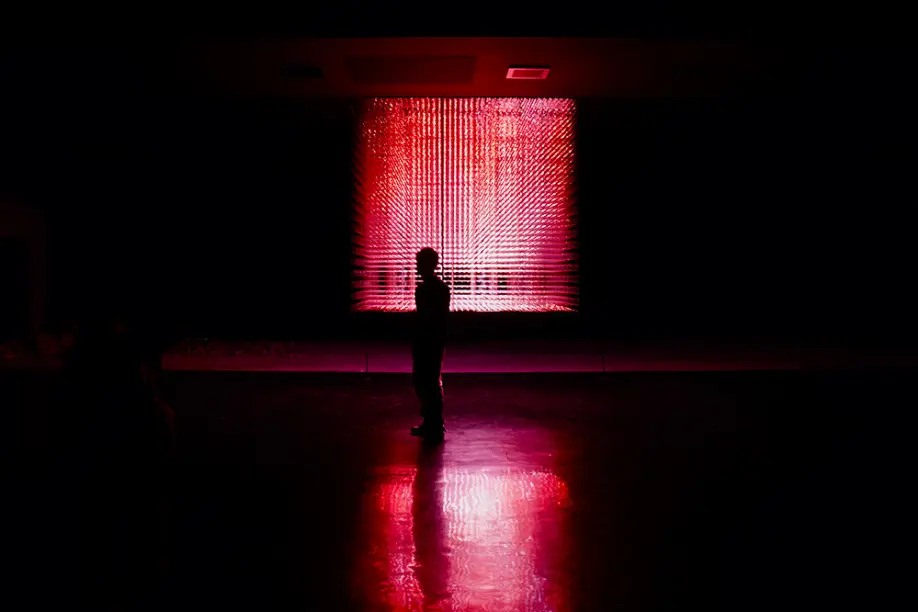
Two more teamLab installations inhabit another space within the hotel: the pointillist Light Sculpture of Flames, which rekindles the fire inside a giant cube of pulsating lights, and Life Survives by the Power of Life II, a contemplative 3D-animation of the kanji for life (生) drawn in spatial calligraphy.

But it’s the Forest and Spiral of Resonating Lamps - One Stroke, Azalea, installed in the dark mirrored lobby, that for me reflects the immersive, escapist atmosphere of an overnight stay at Mifuneyama Rakuen: infinity, indulgence, abundance, opulence. The pink lamps made of Venetian Murano glass glow and react to visitors in color as if discrete elements of a living organism, like the rippling skin of a flamboyant cuttlefish. This is where I drank my welcome glass of tea.

Fortunate to be an overnight guest at Mifuneyama Rakuen Hotel, I enjoy a spacious room in the Japanese style of a traditional ryokan with a calm view of trees and a futon laid out for me on the tatami floor. In the evening I delect in a full-course kaiseki dinner, featuring luxury-grade sukiyaki Takeo pork and Saga beef, rice from Arita, and the largest single pod of green beans I have ever seen, to be savored with sweet maple sauce. A refreshing scoop of green tea ice cream cleanses my palette before the sea bream hotpot pièce de résistance. Finally, I relax in the hotel’s newly renovated, historically inspired, award-winning Rakan no Yu baths.
During the Nara period (710-794), Buddhist temples began to offer public baths where common people could wash themselves, as a way of providing for the poor and spreading buddhism in the cities. At that time, the baths were all steam rooms, or wet saunas. As the practice of communal bathing caught on in secular settings, it became customary to invite guests over for a steam bath, followed by various tea ceremonies or other gourmet delicacies. By the mid Muromachi Period (1336-1573), a particularly elaborate and lively type of post-bath tea ceremony called rinkan-chanoyu became popular, where artworks and decorative objects were displayed in the bathing rooms, and tea-time even included games and spectators.

Mifuneyama Rakuen’s Rakan no Yu is a nod to the esthetic and social aspects of rinkan-chanoyu, where in addition to indoor and outdoor baths, the women’s side includes an open-air spiral stone “bench” and a glass-walled cafe, complete with lounge chairs, fireplace, light refreshments, and homemade pudding. I’m surprised to discover all the things you can do in the nude when the atmosphere is right.
I love the long outdoor bath, where I can soak peacefully in a corner next to steaming black rocks, with a view of the night sky and a perspective of the open wooden terrace with the glowing cafe in the background.
However, it’s the meditation sauna, in two different styles for men and women, that builds on Japan’s lavish steam-bathing heritage with a Finnish twist: löyly is the practice of pouring water over stones to produce very hot steam, which increases the moisture and the apparent temperature inside the sauna.

The round white space of the women’s meditation sauna feels like an otherworldly art installation taken to immersive extremes. The temperature is already sweltering, but aromatic cocktail balls are placed on top of the steaming sauna stones to vary the fragrances (the men’s sauna infuses roasted tea from Ureshino, Saga), while the speakers play live sounds from the surrounding forests.
After a few meditative minutes, I exit the steam room and immediately lower my body into a colorfully tiled pool filled with Takeo spring water cooled to 17°C. It only takes a few mindful seconds for me to feel revived, refreshed, and ready for a good night’s sleep.

In the morning, feeling enriched and invigorated from my weekend sojourn, I bid a tender farewell to Mifuneyama, promising to return next time in a different season.
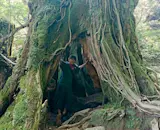
Cherise Fong
Originally from San Francisco, I arrived in Tokyo with my bike and my backpack one rainy day in summer. Since then, I travel through the archipelago by bicycle, train and boat, often to the rhythm of taiko and shinobue, always looking for new paths and unique perspectives.
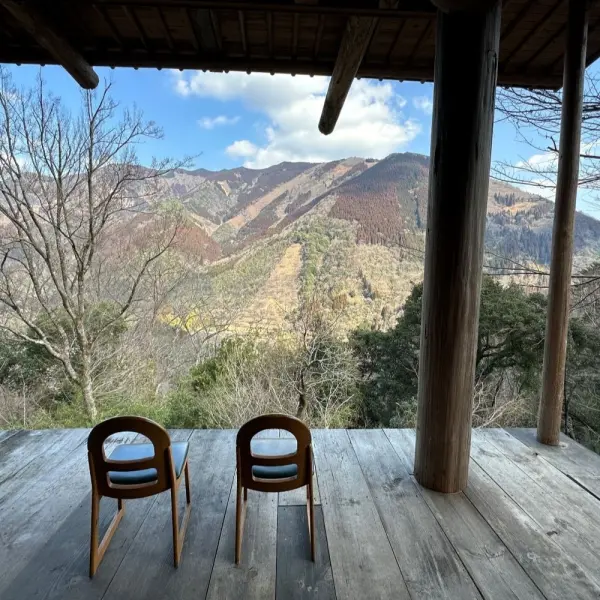 Traditional Life in Shiiba Village, Kyushu’s Secret Hideaway
Traditional Life in Shiiba Village, Kyushu’s Secret Hideaway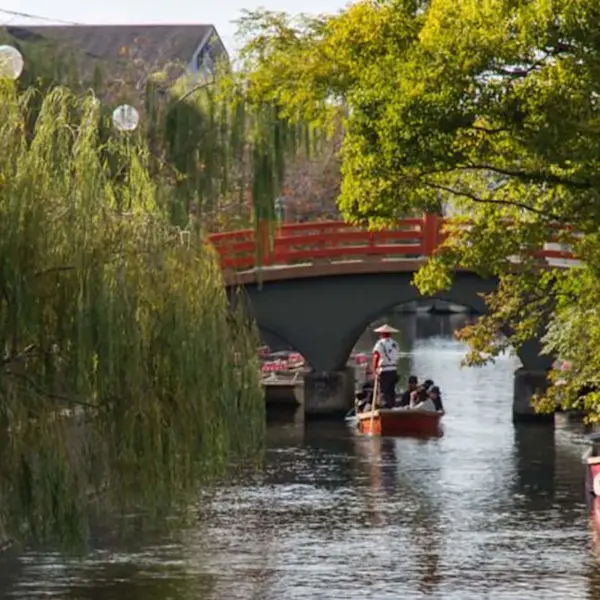 Follow the Canals: The Humble Beauty of Yanagawa
Follow the Canals: The Humble Beauty of Yanagawa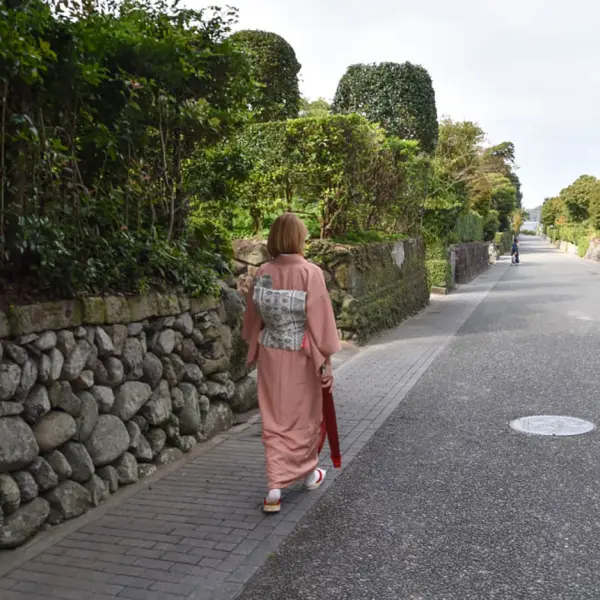 Visit one of Japan's largest samurai residences in Izumi
Visit one of Japan's largest samurai residences in Izumi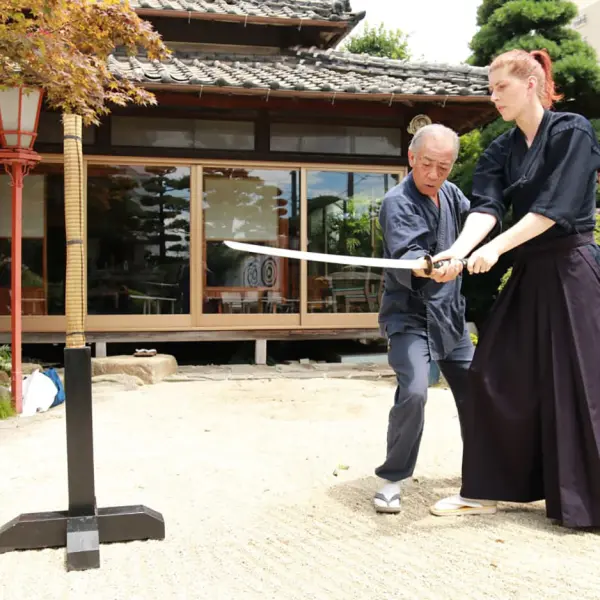 Katana Training & Omuta Exploration
Katana Training & Omuta Exploration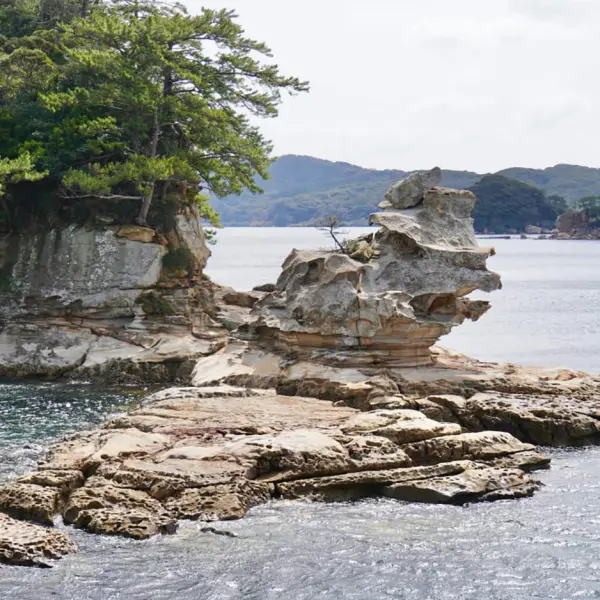 99 Islands and a Mouthful of History in Sasebo
99 Islands and a Mouthful of History in Sasebo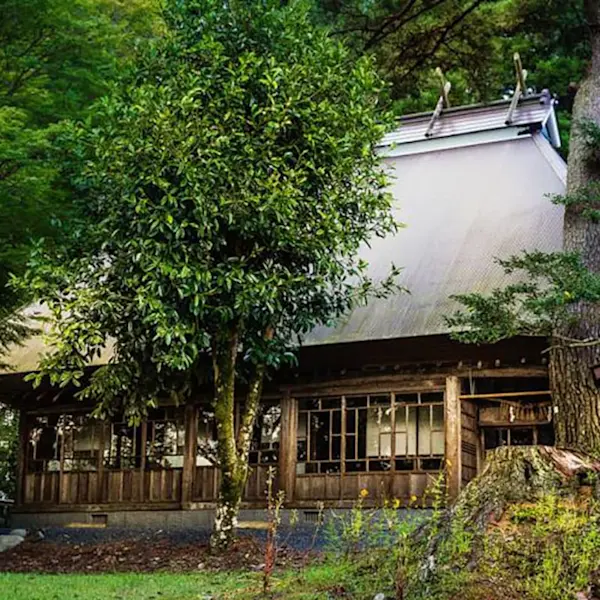 Takachiho: Explorations of a mystical land
Takachiho: Explorations of a mystical land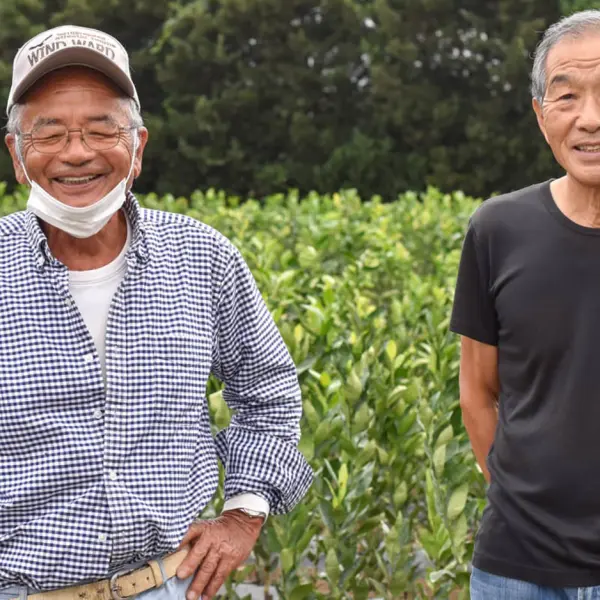 Meet the Locals at a Japan Farm Stay at Kagoshima
Meet the Locals at a Japan Farm Stay at Kagoshima Amami Oshima: Gorgeous island steeped in history
Amami Oshima: Gorgeous island steeped in history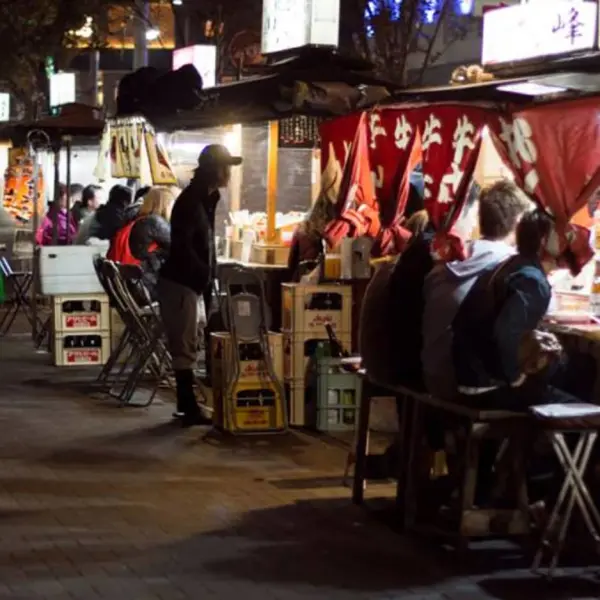 Yatai in Fukuoka: Sitting at the Counter with History
Yatai in Fukuoka: Sitting at the Counter with History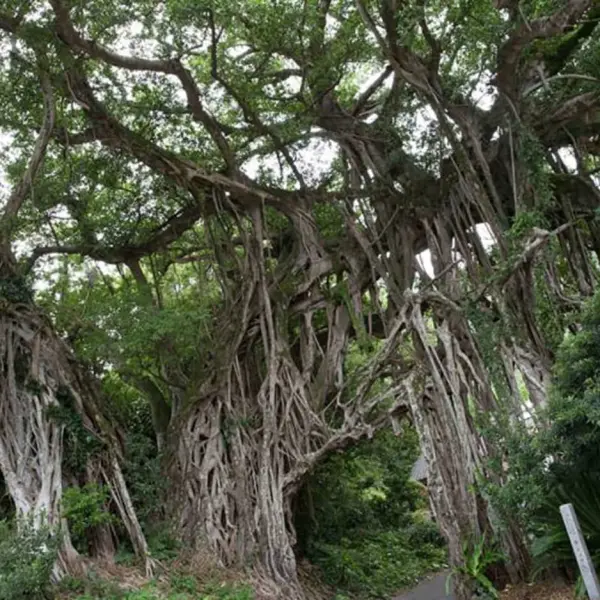 Yakushima: Feeling the Island
Yakushima: Feeling the Island




